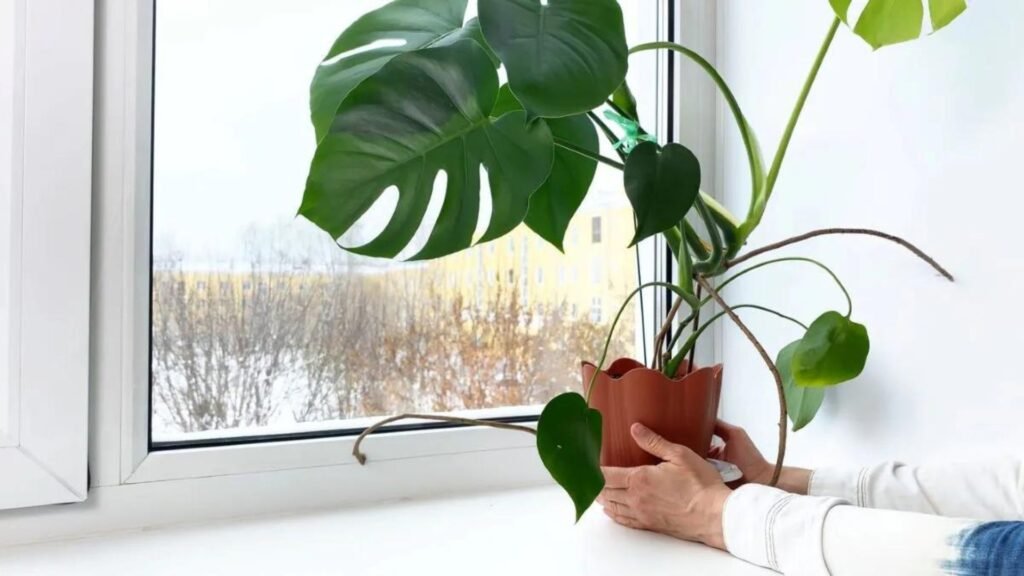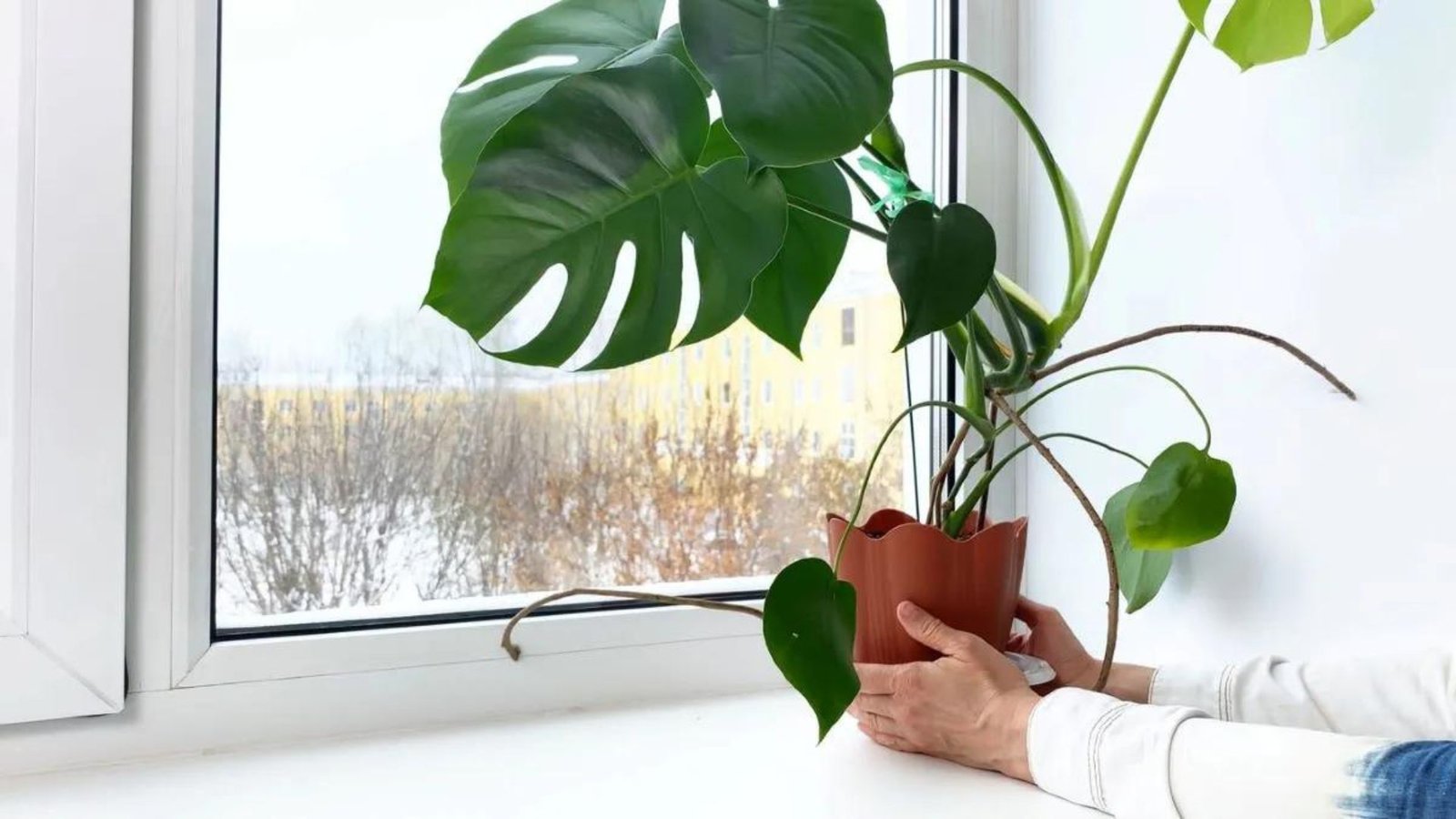Tips for Caring for Houseplants in Winter
Winter can be a challenging time for houseplants, as indoor conditions often change with lower light levels, lower humidity, and fluctuating temperatures. However, with the right care, you can help your houseplants thrive during the colder months. Here are some essential tips for keeping your houseplants healthy and vibrant throughout winter.

Adjust Light Exposure
Maximize Natural Light: During winter, sunlight is less intense and days are shorter. Place your plants near south-facing windows to maximize exposure to natural light. If sunlight is still insufficient, consider using grow lights to supplement their light needs.
Rotate Plants: Rotate your houseplants periodically to ensure even light exposure on all sides. This helps prevent them from becoming leggy or uneven as they stretch towards the light.
Manage Temperature and Drafts
Maintain Consistent Temperatures: Most houseplants prefer temperatures between 60-75°F (15-24°C). Keep indoor temperatures consistent and avoid placing plants near heaters, radiators, or cold drafts, as sudden temperature changes can stress them.
Protect from Cold Drafts: Be cautious of cold drafts from windows or doors. Use draft stoppers or reposition plants away from areas with direct exposure to cold air.
Control Humidity Levels
Increase Humidity: Winter air can be dry due to indoor heating. Increase humidity by using a humidifier, placing water trays near plants, or grouping plants together to create a microenvironment with higher moisture levels.
Use Pebble Trays: Place a shallow tray filled with pebbles and water beneath your plants. As the water evaporates, it creates a humid microclimate around the plant. Ensure the pot’s base does not sit directly in the water to avoid root rot.
Adjust Watering Practices
Water Less Frequently: Plants generally require less water during winter because their growth slows down. Allow the top inch of soil to dry out before watering again. Overwatering can lead to root rot and other issues.
Check Soil Moisture: Use a moisture meter or your finger to check the soil’s moisture level before watering. Adjust your watering schedule based on the plant’s specific needs and indoor conditions.
Provide Proper Nutrition
Reduce Fertilization: Houseplants typically have slower growth in winter and require less fertilizer. Reduce or pause fertilization during the colder months to avoid overloading the plant with nutrients it doesn’t need.
Use Balanced Fertilizers: If you choose to fertilize, use a balanced, water-soluble fertilizer at half the recommended strength. This provides essential nutrients without overwhelming the plant.
Prune and Maintain
Remove Dead or Yellowing Leaves: Prune away dead or yellowing leaves to improve air circulation and prevent the spread of disease. This helps the plant focus its energy on new, healthy growth.
Clean Dust from Leaves: Dust can accumulate on leaves and reduce light absorption. Gently wipe the leaves with a damp cloth to keep them clean and maximize their ability to photosynthesize.
Repot If Needed
Check Root Health: If your plant shows signs of being root-bound, such as slowed growth or roots emerging from the drainage holes, consider repotting it into a slightly larger container. This helps provide more space for root development.
Use Fresh Potting Mix: When repotting, use fresh potting mix to ensure good drainage and nutrient availability. Avoid using soil from the previous pot, as it may be depleted of nutrients or harbor pests.
Monitor for Pests
Inspect Regularly: Winter conditions can sometimes bring about pest problems, such as spider mites or mealybugs. Regularly inspect your plants for signs of pests and address any issues promptly with appropriate treatments.
Maintain Cleanliness: Keep the area around your plants clean to minimize the risk of pest infestations. Remove fallen leaves and debris that can harbor pests and diseases.
Conclusion
Caring for houseplants in winter requires attention to light, temperature, humidity, watering, and general maintenance. By adjusting light exposure, managing temperature and humidity, reducing watering, and keeping an eye out for pests, you can help your houseplants thrive throughout the colder months. With these tips, your indoor garden will remain healthy and vibrant all year round.



